The Critical role of athlete assessment in sports performance
By Eric Van Matre, Mike Lingenfelter and BJ McKay
In the competitive world of sports, measuring performance and understanding an athlete’s progress is crucial. This blog post explores the importance of athlete assessment and how it relates specifically to volleyball, as discussed by Mike and Eric, experts in the field of sports performance.
The Importance of Assessment
First off, why is the assessment of athletes so important? Focusing particularly on volleyball, emphasizes that assessment is integral to measuring and rewarding the skills that athletes bring to the table. The metrics of our sport, similar to any other, include factors such as how high an athlete can jump or how fast they can run. Everything is based on skill sets, and assessments provide a tool for evaluating an athlete’s growth and development.
Beyond Just Skills
Importantly, assessments help athletes see beyond the immediate emotion of not being the best on the team. For instance, a volleyball player might not be starting in the team lineup, not necessarily due to lack of ability, but because the other players might be slightly ahead in terms of skill. The tool of assessment helps young athletes understand that they are improving, even if incrementally.
Show the value of incremental growth. Embracing the idea that “one pound is one pound” helps athletes see measurable progress. Assessments therefore act as a mirror, reflecting to the player where they are growing, enabling not only the team to improve but the individuals as well.
Assessment from Eric’s Perspective
From the sports performance side, assessment at a base level allows us to track improvement over time. It’s about getting a baseline understanding of an athlete’s movement patterns. An athlete’s performance can be influenced significantly by their daily activities and stress levels, whether it be their practice schedule or academic commitments. Observing these factors allows for adjustments in coaching strategy.
Leg swings, for example, might seem simple but serve as a key assessment tool. They reveal crucial aspects about an athlete’s physical state on a specific day, such as hip mobility and balance. These indicators guide how the session should be structured, ensuring it meets the athlete’s needs effectively.
Daily Assessment vs. Overall Assessment
Daily assessments help determine how an athlete is performing on a given day, accounting for factors like mood, physical stress, and outside influences. This flexibility helps protect athletes from doing exercises that might not suit them at that moment, ensuring that every training session is as productive and safe as possible.
Conclusion
In conclusion, athlete assessment is more than just measuring subjective performance signifiers. It’s about understanding the nuances that define personal and team growth. Both Eric and Mike agree that being the best version of oneself leads to the betterment of the team as a whole. Through proper assessment tools and methodologies, coaches can inspire athletes to aim at achievable targets, aligning personal improvement with the team’s success.
